Best Museums in France
Art has a spiritual home, and it’s in Europe! France has some of the most breathtaking museums in the world. Another exciting thing is that these pulsating masterpieces are interdisciplinary as they cut across different aspects of human life and nature. The country’s fame for its museums is well stimulated by the government as the French state invests heavily in them. With so much effort going into the arts, it perhaps comes as no surprise that the French population is typically rather more versed in the humanities than other nationals.
From the Louvre to the Orsay in Paris and other iconic museums across the country, France leads the rest of the pack by clear margins. French museums are not all esoteric per se as you can explore the medieval crypts of Notre Dame or the Museum of Cinema. Outside of Paris, most of the major cities have a number of massive museums and even smaller towns, and they are all decent.
Entry to museums is sometimes at no cost, and if fees are charged, they are modest. In the capital, entry queues at famous museums are usually a common sight, especially during tourist seasons. Also, in Paris and some other cities, security search is a common and mandatory thing being public places.
Here Are The Most Popular Museums in France:
Louvre Museum, Paris
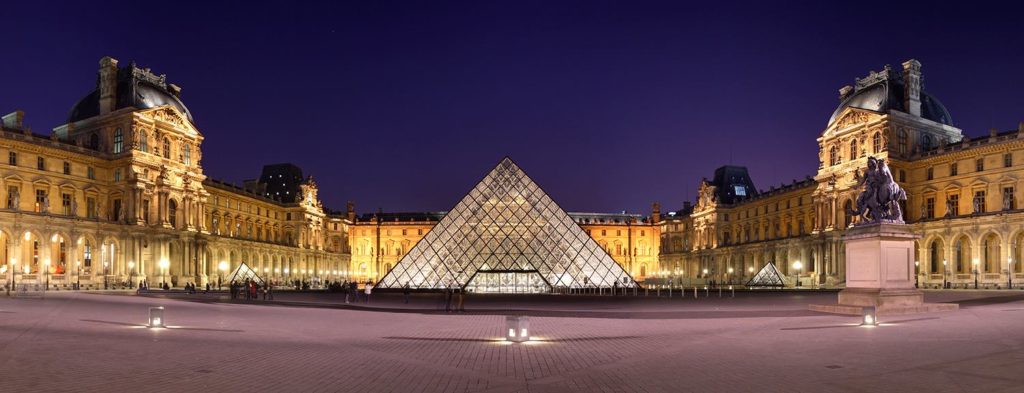
The Louvre stands as the largest museum in the world today. Located in Paris, it covers an area of 72,735 meters square and is a critical landmark for the city. It started out as an avenue to showcase royal collections before it turned into a display of paintings in early 1793. Subsequently, the Louvre has expanded its collection base.
The Louvre is the world’s largest and the most visited museum with a massive 10.2 million visitors just in 2018. The imposing art repository has a vast multi-level maze of galleries, passageways, staircases, and escalators. It is famous for the artistic ingenuities it houses, and it is quite difficult to pinpoint the most integral part of the museum.
This magnificent masterpiece has witnessed modifications throughout its existence. Even today, you will see recent additions and changes like the Islamic Arts department and the franchising of the museum’s ‘bran’ through new outposts in Lens and Abu Dhabi.
There are about 35,000 artworks and artifacts on display, divided into eight sections and housed in 3 wings like Richelieu, Sully, and Denon. Under the hallway of the glass pyramid, each wing has its own entry, and you can pass from one to another. Treasures from the Egyptians, Greeks, Etruscans, and Romans each have their own galleries in the Denon and Sully wings. Middle Eastern and Islamic art also have their galleries in these wings. European arts from the Middle Ages and Napoleon III’s lush apartments are at Richelieu’s first floor.
The central attraction here is the painting and sculpture. Two glass-roofed sculpture courts have the popular Marly horses on the ground floor of Richelieu, with French sculpture below the Italian Renaissance pieces in the Denon wing. In addition, the Grande Galerie and Salle de la Joconde (where you’ll find the Mona Lisa), like a small Uffizi, run the length of Denon’s first floor with French Romantic painting with it.
Dutch and French painting occupies the second floor of Richelieu and Sully. Jean-Pierre Wilmotte’s minimalist galleries in the Denon wing were designed as a taster for the Musée du Quai Branly, with works from different parts of the world.
Mitterrand’s Grand Louvre project added major changes to the museum as two folds were worked to it. Located in the Visconti wing, the two-story gallery lies underneath the courtyard, beneath a floating golden roof built from 2,350 triangles. While inside, you can enjoy the sight of some 3,000 artworks, including gold treasures from Syria, ivories, miniatures, ottoman ceramics, and textiles.
Entering the museum is simple. Advance tickets are valid for any day, are available from the Louvre website or branches of Fnac and Virgin Megastore. Close by, the Virgin in the Carrousel du Louvre sells tickets. Also, note that your ticket is valid all day and you can leave and re-enter the museum as you want.
Palais des Beaux-Arts de Lille
The Palais des Beaux-Arts de Lille is one of the largest museums in France. Located in the city of Lille, the incredible structure measures about 12,000 square meters. The museum is designated for fine arts, modern artworks, contemporary arts, and antiquities. The Palais des Beaux-Arts is historic in that it was among the first museums to be established in France. Its opening was in the year 1809, bearing testament to the Lille’s love for arts and culture.
Musée Matisse, Nice
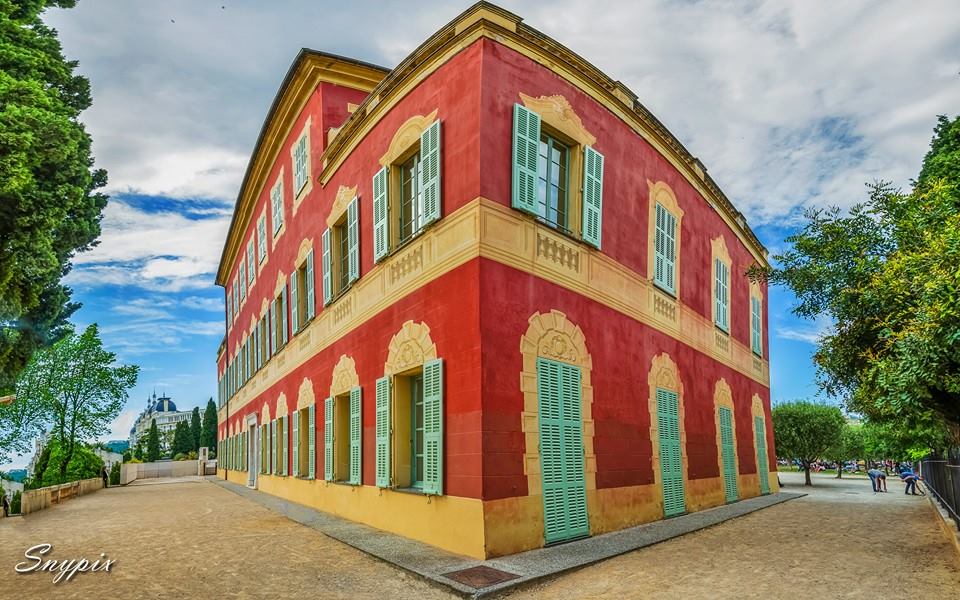
The Musée Matisse is one of France’s iconic museums for some reason. The magnificent art repository houses one of the world’s largest collections of the works of Henri Matisse, who lived and worked in the city of Nice from 1917 to 1954. It will be recalled that the painter-cum- sculptor donated a substantial part of his works to the museum.
Matisse was an illustrious draughtsman, printmaker, sculptor, and painter, with a broad depth and intricacy to his development as an artist. The permanent collection includes 68 paintings, 236 drawings, 218 prints, 95 photos, 57 sculptures, and hundreds of objects that belonged to the artist. The museum is in the Cimiez area, in the historic Villa des Arenes, built in the 17th-century.
Matisse is an important personality in modern art whose personal work and evolution as an artist are inextricably conjoined with Nice and the city’s legacy. A visit to this museum offers ravishing insights into the place, the artist, and the trends and movements in contemporary art around the world.
Musée Masséna, Nice
Another gorgeous masterpiece worth seeing in the city of Nice is the Musée Masséna. The museum is one of the most striking villas on the Promenade des Anglais, a stunningly restored and maintained building with calm gardens and a wonderful setting. The collection is designated to the Masséna family, who built the villa, and whose personal and family history is similar to the city’s history, Napoleon, and even France.
The museum has art, furnishings, and personal effects belonging to the family, and has a great array of objects from the history of Nice, from the 19th-century to the start of the Second World War, with military memorabilia, and many enchanting personal effects from Napoleon and Josephine. Musée Masséna is a captivating museum in a splendid setting, and it worth every minute of the time you can spare to learn more about the s=history of Nice and the Masséna family.
Musée d’Orsay, Paris
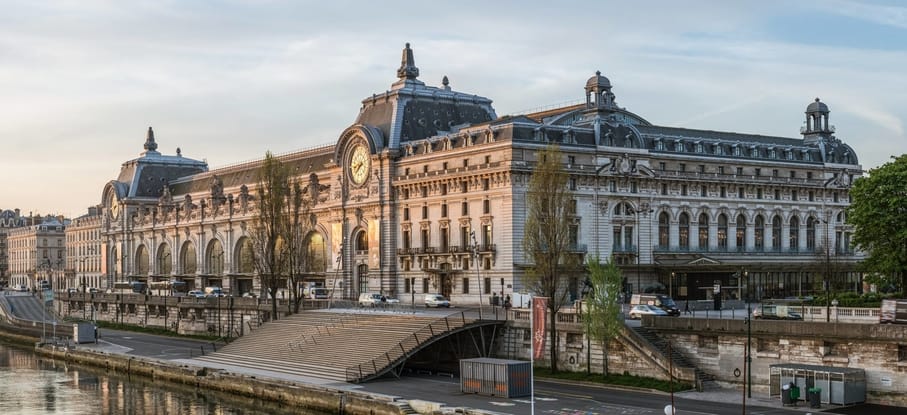
This is a gorgeous impressionist and expressionist repository. Housed in an old train station n the banks of the Seine, the Musée d’Orsay is located just across from the Louvre, and effectively bridge the gap between pre-modern and modern artistic movements and traditions.
Many impressionist and expressionist masterpieces are kept here, from Claude Monet, Edouard Manet, Vincent Van Gogh, Edgar Degas, Paul Gaugin, and others, including less-popular but important modern artists.
As a quick history, Victor Laloux’s 1900 former train station was set for demolition and its giant clocks to erect an ultra-modern luxury hotel on the Seine’s banks. Fortunately, its influence and history prevailed, and the newly redesigned Musée d’Orsay was unveiled on December 1, 1986.
In October 2011, the museum reopened its two most important compartments after years of building works. In the museum, rooms are dedicated to artists like Courbet, Van Gogh, and art nouveau. Even the elegant coffee shop tucked behind the clock (designed by the Campana brothers) is themed like a submarine, in homage to Jules Verne’s Nautilus, and has been treated to an invigorating lick of paint.
The museum begins where the Louvre finishes off (around 1848) and continue where the Center Pompidou’s begins (1914). So the sixty years of art history, from realism to the Pont-Aven school, from Impressionism to pointillism, which attracts over three million visitors a year as it occupies 35,000 m2.
The attractive spots of this glass and metal large gem are the Courbet’s ‘L’Origine du monde’ and ‘Un enterrement à Ornans,’ as well as Millet’s ‘Glaneuses’ and Corot’s landscapes. Another spot worth seeing is Manet’s bridge between realism and Impressionism with ‘Le Déjeuner sur l’herbe’ and ‘Olympia’. You can proceed to Monet’s ‘La Gare Saint-Lazare’, where it is known to be the first impressionist painting, followed by the ‘Londres, le Parlement’. Be inspired by the Musée d’Orsay as it takes you through the beauty and diversity in the pivotal art movements across history.
Musée des Beaux-Arts, Lyon
The Musée des Beaux-Arts is a splendiferous gallery and is among the largest museums not only in France but in the whole of Europe. The structure in which the museum is held dates back to the 17th-century. It is here where a massive collection of masterpieces varying from Egyptian antiquities to the modern art period are showcased in both permanent and temporary exhibitions. The works have been conglomerated by donors, collectors, and the descendants of artists.
Musée des Confluences, Lyon
This magnificent museum is one of the landmarks of Lyon. The Musée des Confluences is a recent addition to the city’s collection of museums, only opened in 2014 after many years of construction. This contemporary museum, whose architecture is just as glorious as its contents, is both a science center and an anthropology museum. In addition, it has engaging and well-presented exhibitions and displays concerning the questions of natural science, anthropology, and the earth sciences. Do not forget to see the 1000-year-old mummy discovered in 2012 at the Peruvian Pachacamac temple.
Nantes Art Museum
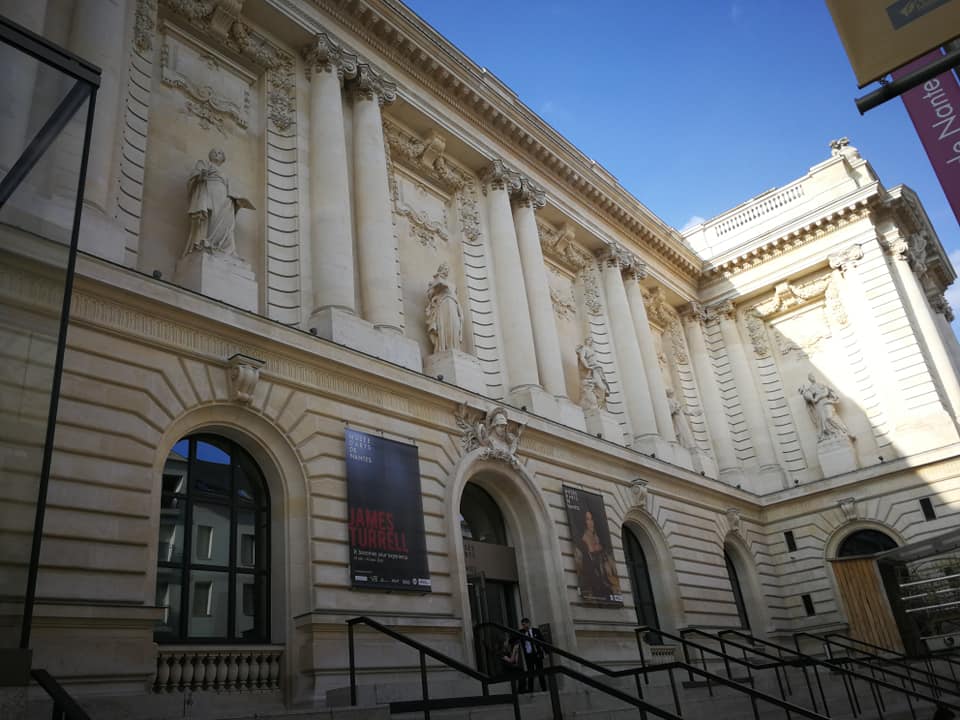
How about an art display at the west of France on the Loire estuary? Also known as the Musée d’Arts de Nantes reopens its doors in 2017 after a protracted renovation period. It is now the largest museum of its kind in western France- and its diversity of exhibits. One of the highlights of the museum is a glass, and marble edifice dubbed the ‘Cube’ which was added after the six-year renovation.
You will also find more than 900 additional works on display. The permanent collection is an inclusive array of everything from primitive to modern to contemporary art, dating from the 13th-century to the modern-day, and featuring artists like Jean-Auguste-Dominique Ingres, Raymond Hains, Pablo Picasso, Gaston Chaissac, Georges de La Tour, Sonia Delaunay, and Max Ernst.
Dobree Museum, Nantes
At the center of Nantes’ Graslin Quarter and within walking distance of the Passage Pommeraye and Théâtre Graslin, the Dobree Museum, also known as the Musée Dobrée is a historic landmark in its own right, housed in a striking neo-medieval palace. Named after the private collector Thomas Dobrée, the museum houses an enormous collection of art and artifacts, including some antique furniture, ancient tapestries, great Romanesque sculptures, and some interesting pre-Columbian finds and Egyptian. Widespread renovations are ongoing, with plans for a new museum to open its doors in 2021, although sections of the museum, including the temporary exhibition halls and gardens, remain open.
The Centre Pompidou, Paris
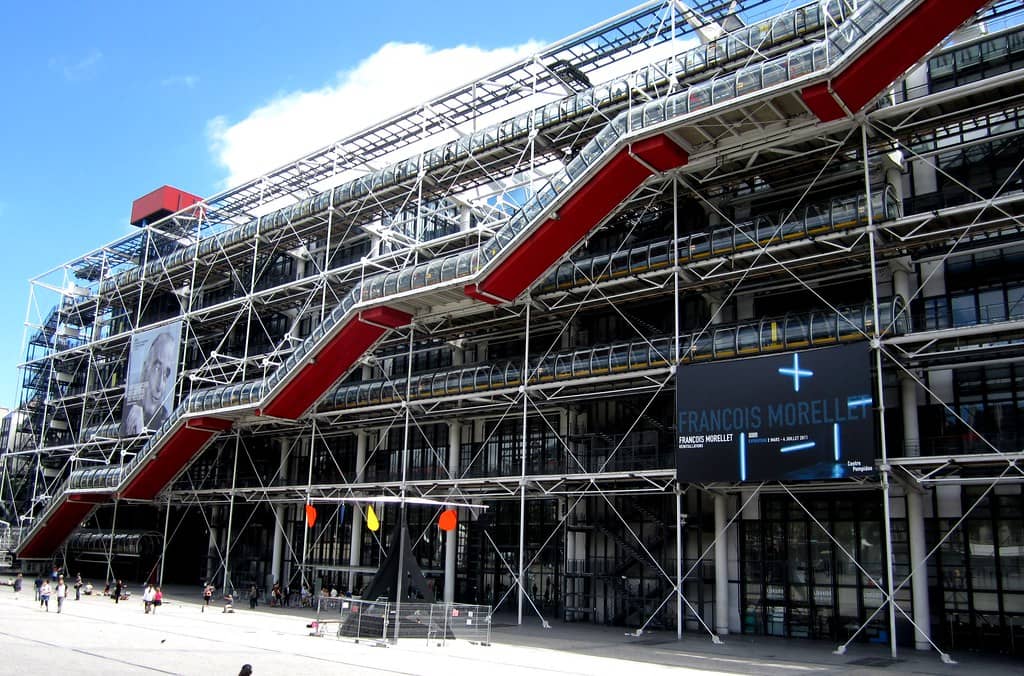
The National Museum of Modern Art (MNAM) is one of the must-see museums in the city of Paris. The prestigious permanent art repository is located at the Centre Georges Pompidou. It houses one of the world’s most essential collections of modern art. Having over 100,000 works from important 20h-century painters, sculptors, and architects like Picasso, Braque, Matisse, Miro, Magritte, Warhol, Saint-Phalle, Pollock, and many others; the museum’s main collection is constantly furnished.
MNAM is a gorgeous masterpiece that has stood out among other museums in certain aspects. Its primary colors, exposed pipes, and air ducts make the Centre Pompidou one of the popular sights in Paris. In 1977 when the center opened, its success surprised the nation. After a two-year renovation, in 2000 the center reopened with an enlarged museum, renewed exhibition spaces, lavish Georges restaurant, and a mission to get back to the interdisciplinary blend of before. Alongside the library, the entrance is free. However, you will have to pay to go to the escalators.
In Europe, the Center Pompidou has the largest collection of modern art and is closely followed only in its magnitude and quality by MoMA in New York. Check out the works on its vaults (50,000-art pieces by 5,000 artists) on the website, as only a fraction- about 600 works- can be seen anytime.
As regards the main collection, get tickets on the ground floor and take the escalators to level for post-1960s art. Level five spans 1905 to 1906. There are about four temporary exhibition spaces, each of these two levels. On level five also is the historical section that takes a chronological sweep through the history of modern art, through various art movements. You have the chance to see the masterful ensembles of Matisse’s career on canvas and in bronze, Picasso inventions, and the development of cubic Orphism by Sonia and Robert Delaunay.
Also on the masterful ensembles are Braque, Duchamp, Mondrian, Malevich, Kandinsky, Dali, Miro, Calder, Magritte, Rothko, Pollock, Ernst, and Giacometti. The photography collection also has a cracking roll call with the like of Brassaï, Kertész, Man Ray, Cartier-Bresson, and Doisneau.
For level four, there is post-’60s art. Its thematic rooms focus on the career of one artist or concentrate on movements. There is also the video art and installations by the Mathieu Mercier and Dominique Gonzalez-Foerster.
Thematic pathways through the collections are often changed up. This means that if you visit on multiple occasions, you are not likely to feel it is a repeat each time. The museum’s temporary exhibits are oftentimes worth the ticket price.
Muséum d’Histoire Naturelle, Nantes
The Muséum d’Histoire Naturelle is not large in size, but it is certainly diverse in specimens that make it one of the most splendid museums in France. There are permanent exhibitions on botany, zoology, mineralogy, and ethnology, and highlights include the gigantic skeleton of a large collection of taxidermy birds, a Rorqual whale, a reptile exhibit that features live snakes, and a gigantic ant farm. Muséum d’Histoire Naturelle offers free entrance on Sundays, and it hosts temporary exhibitions regularly.
Musée Fabre, Montpellier
Often referred to as the fifth largest museum in the country, Musée Fabre is situated in the city of Montpellier and measures about 9300 square meters. The museum owes its name to a French painter by the name Francois-Xavier Fabre whose was a native of Montpellier. The structure was completed in the year 1825. It is one of Montpellier landmarks and remains an important site to visit when touring the city.
Musée d’Art Contemporain, Lyon
This is one of Lyon’s most attractive spots. Located opposite the Par de La Tete d’Or, the Musée d’Art Contemporain is one of the prime galleries in the city. The museum, initially designed in 1894, was moved in 1995 to a building that was specially made by Renzo Piano. The interior space is primed for rearranging displays as required for each new exhibition. Visiting the museum will afford you the chance to visit remarkable exhibitions of modern national and international art.
Musée du Quai Branly, Paris
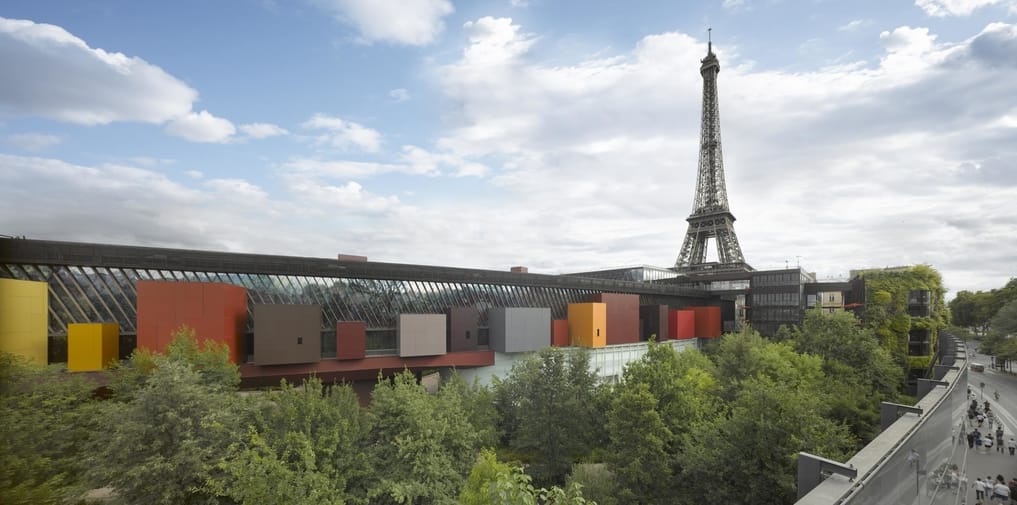
This is one of the breathtaking museums you will see in the French capital. Standing in-between trees on the banks of the Seine, this museum is housed in a massive building by Jean Nouvel. It is a humongous showcase for non-European cultures. Dedicated to the ethnic arts native to Africa, Oceania, Asia, and the Americas, it joins together the collections of the Musée des Arts d’Afrique et d’Océanie and the Laboratoire d’Ethnologie du Musée de l’Homme, as well as contemporary indigenous art. Its treasures include a 10-century anthropomorphic Dogon statue from Mali, Vietnamese costumes, Gabonese masks, Aztec statues, Peruvian feather tunics, and rare frescoes from Ethiopia.
Musee de l’Imprimerie, Nantes
Also known as the Printing Museum, this is one of Nantes’ most outstanding museums. While it chronicles the city’s printing trade, it is the collection of antique printing presses and equipment that is most fascinating. The interactive exhibitions display printing equipment used for over five centuries, and visitors also have the opportunity to operate some of them as they adore the vast historic original prints.
Galeries Nationales du Grand Palais, Paris
Located at 3 avenues du Général Eisenhower 8e Paris, the museum was built for the 1900 Exposition Universelle. Three different architects, each of whom designed a façade, designed this alluring piece of art. Galeries Nationales du Grand Palais has its own history; in the course of the Second World War, it accommodated Nazi tanks. In 1994 the gigantic glass-roofed central hall was closed when bits of metal started falling off, although exhibitions continued to be held in other wings.
Musée des Arts Décoratifs, Paris
Taken as a whole (with the Musée de la Mode et du Textile), this is one of the world’s major collections of decorative arts and design. Situated in the Louvre’s west wing of the for almost a century, the venue reopened in 2006 after a decade-long, €35 million restorations of the building, and private collectors donated 6,000 of the 150,000 items. The concentration here is on the French furniture and tableware, but from extravagant carpets to delicate crystal and porcelain, there is almost a lot to love here.
Best Museums in France – Summary
While the city of Paris boasts of a large number of museums, every other one across the country is worth your time as you behold history, aesthetics, and craft brilliance. When next you are visiting France, ensure you see some of what makes the country a magnificent tourist spot while you choose one or some of the vast number of beautiful museums.
